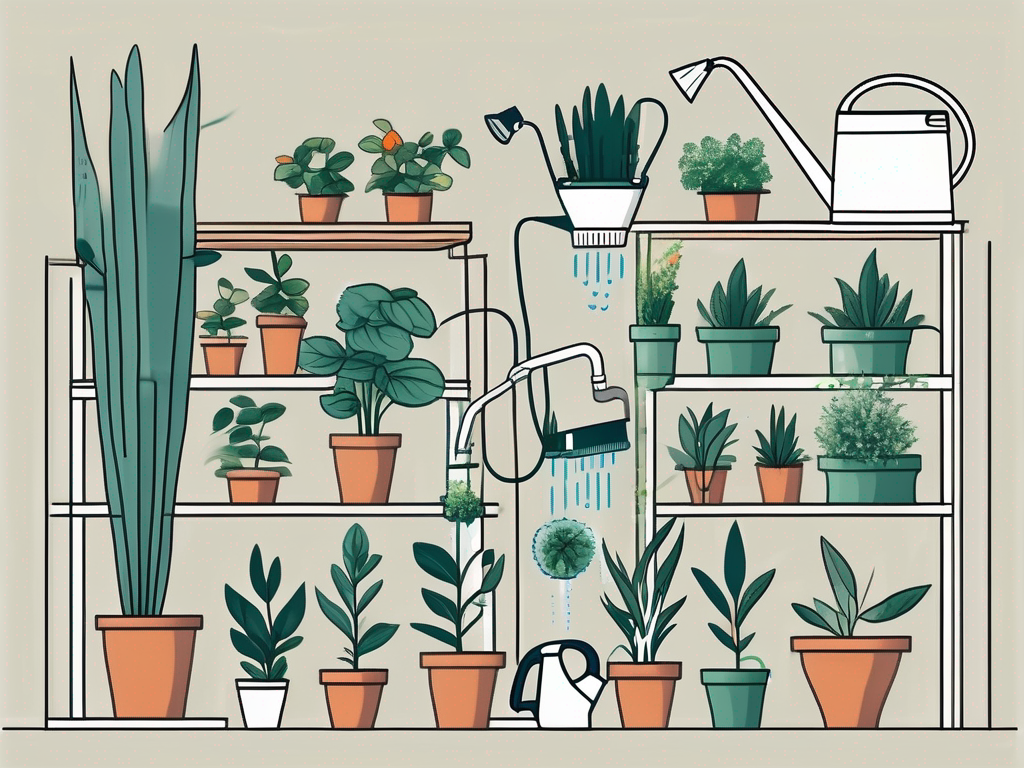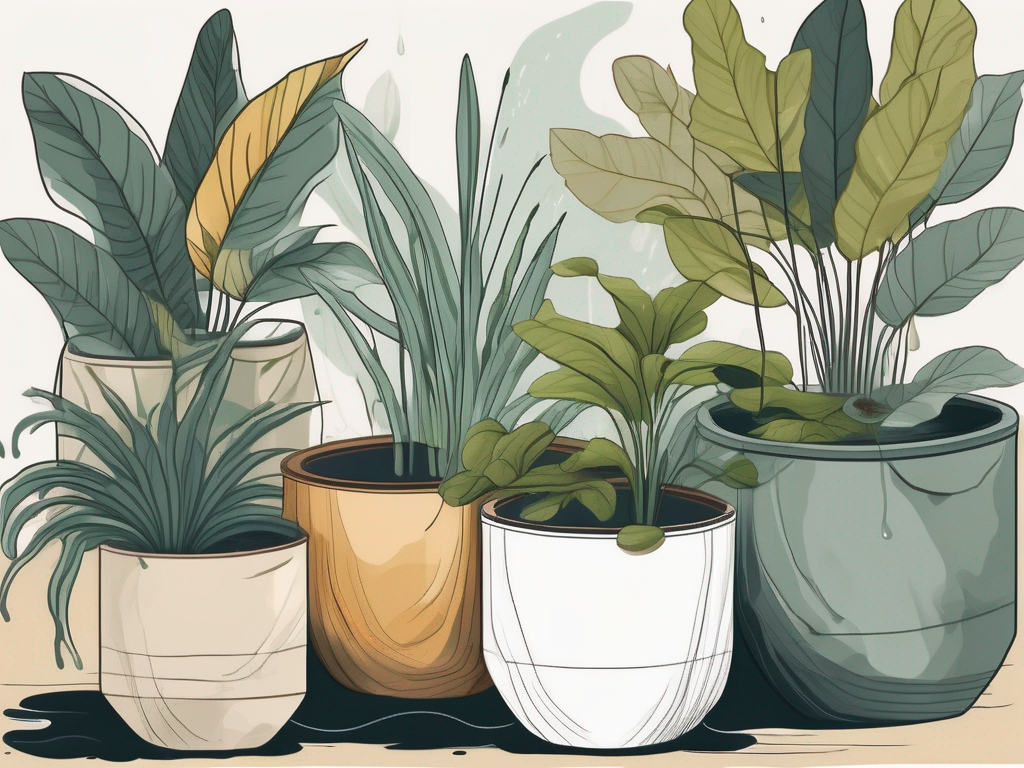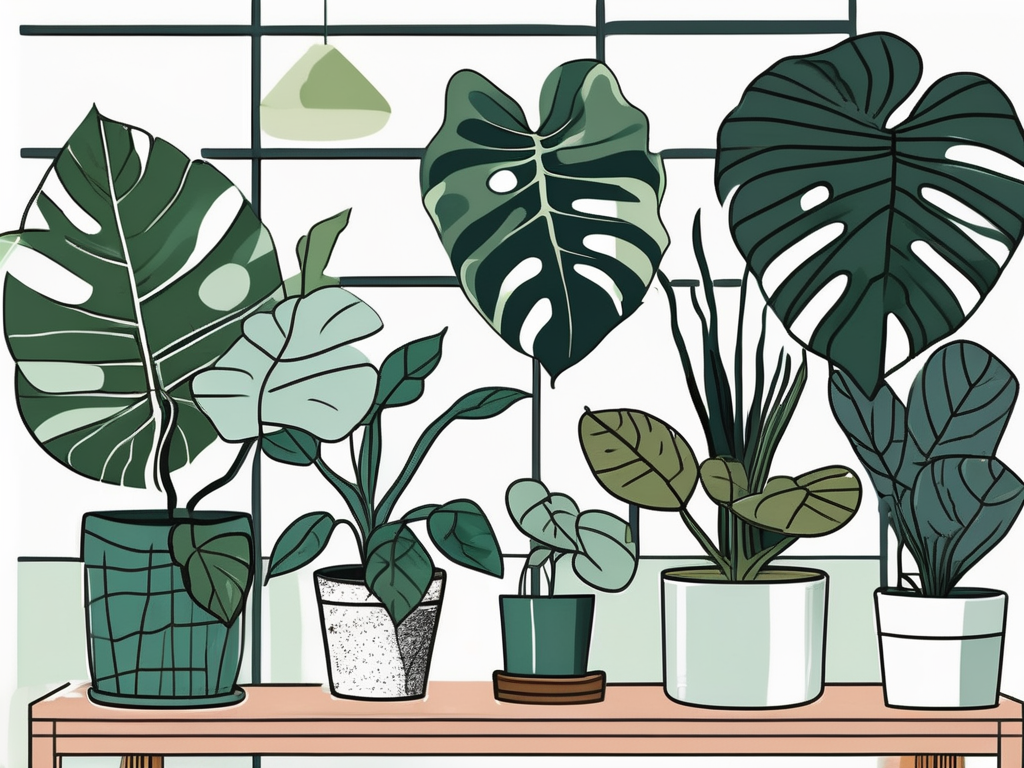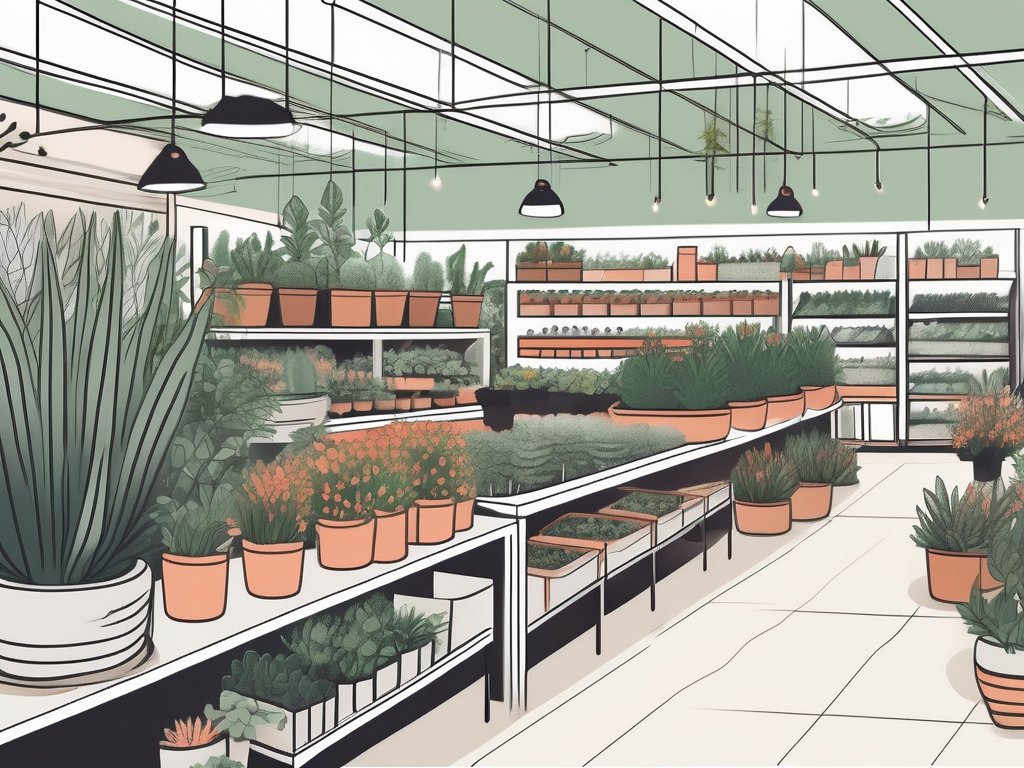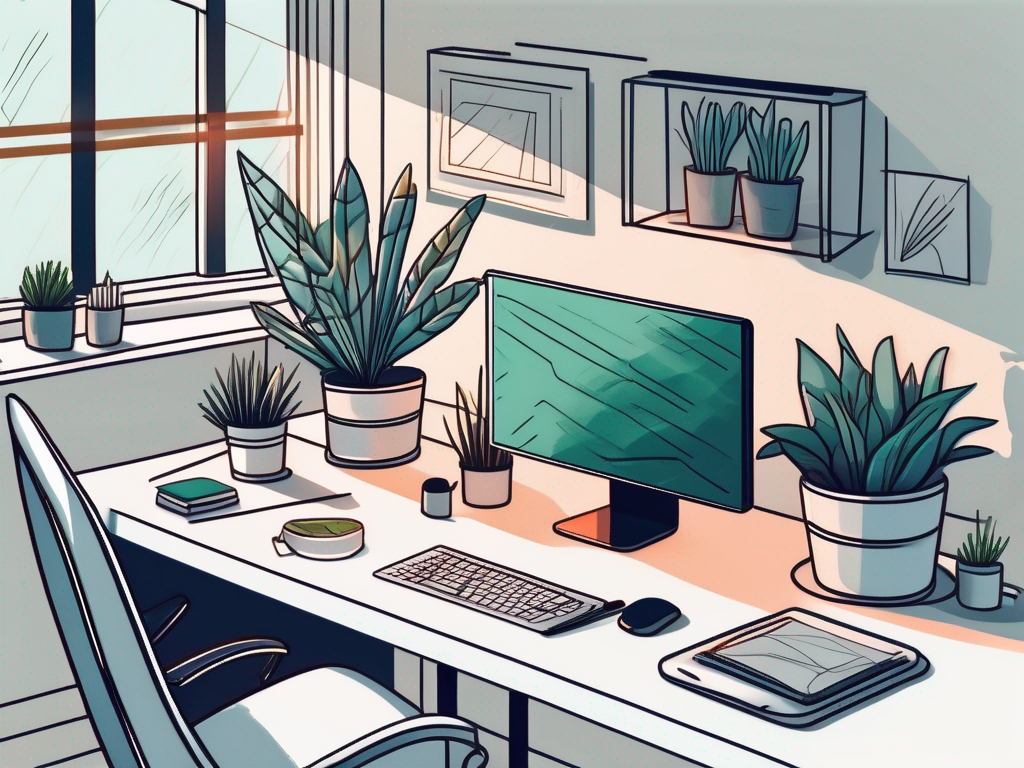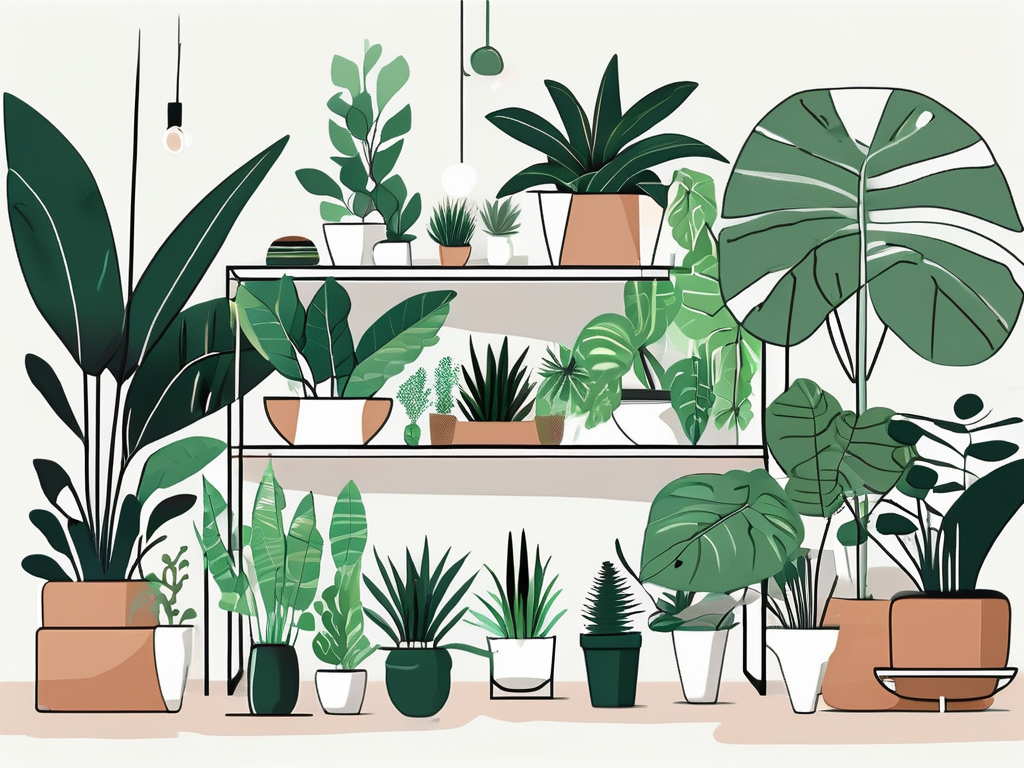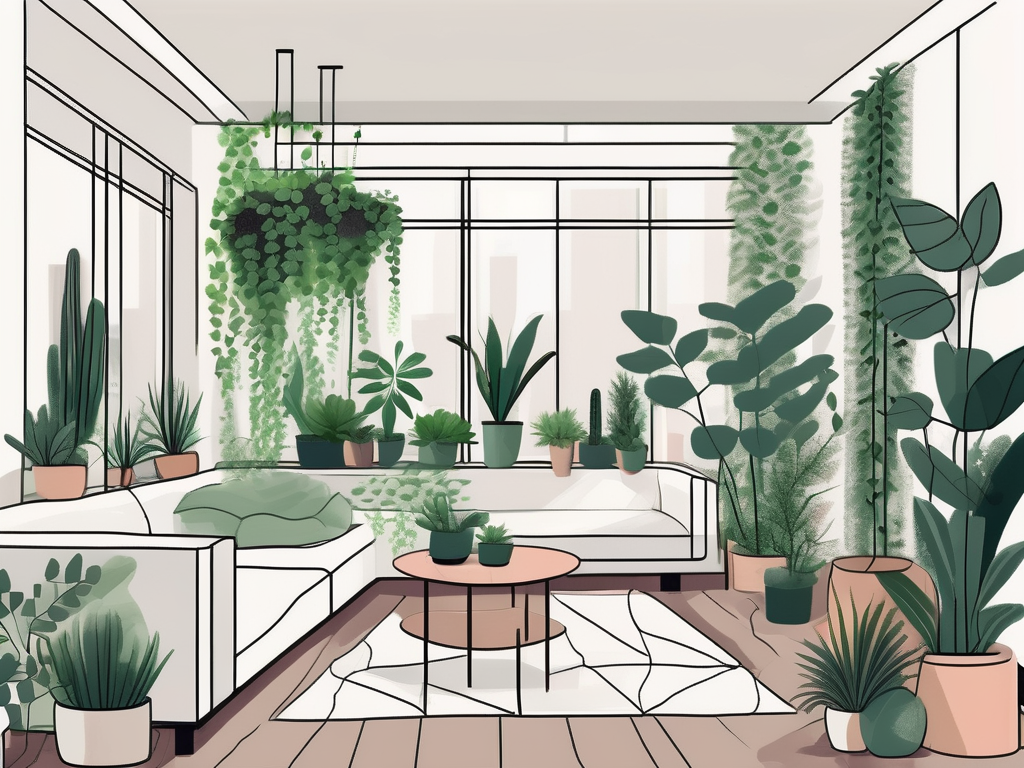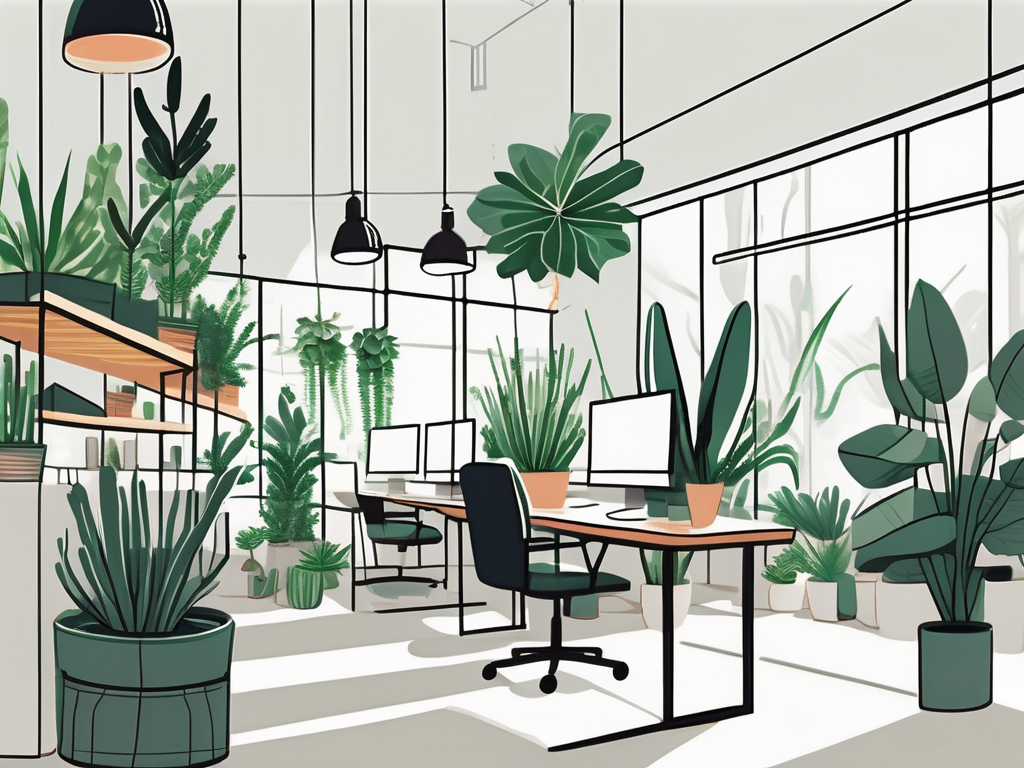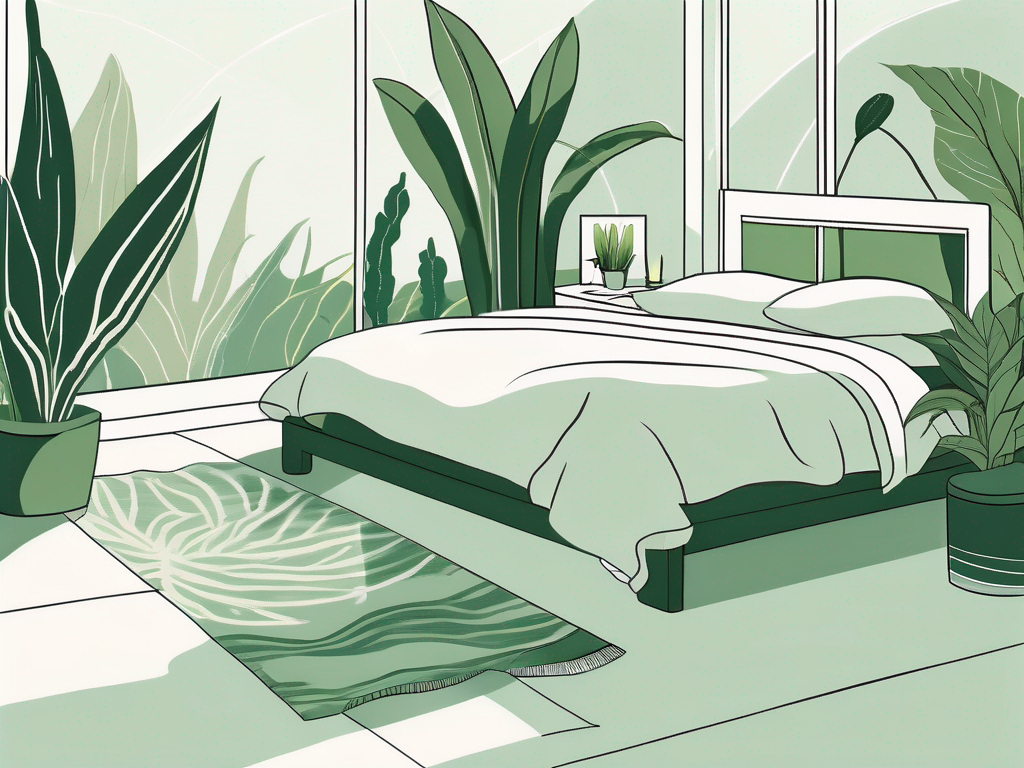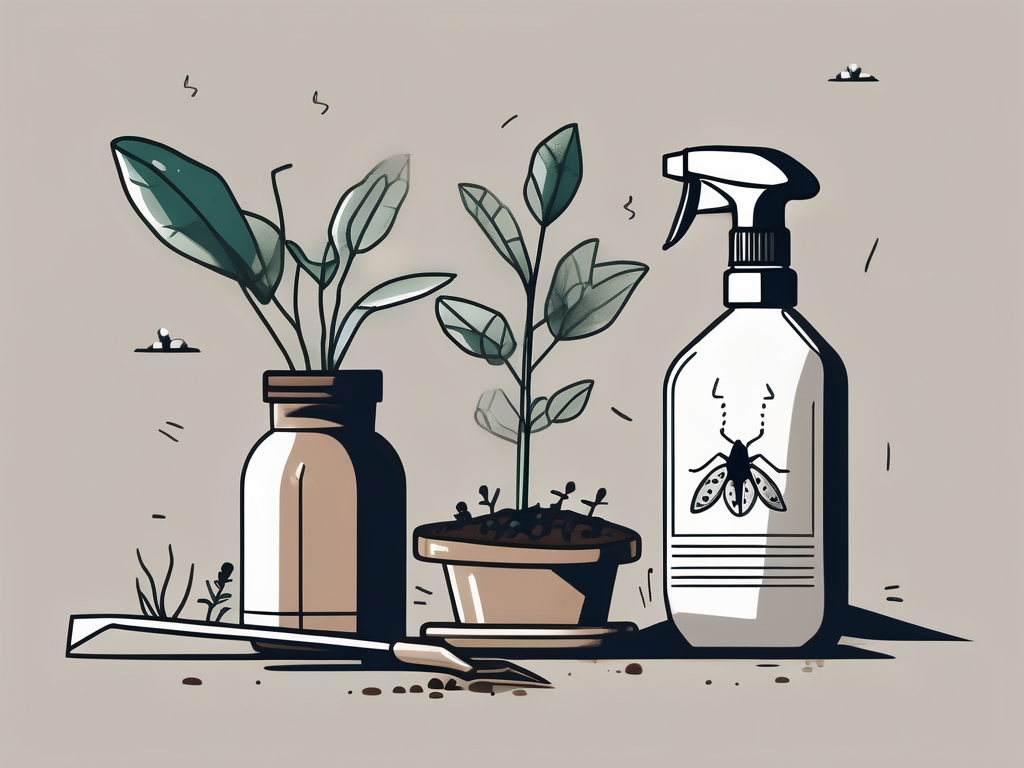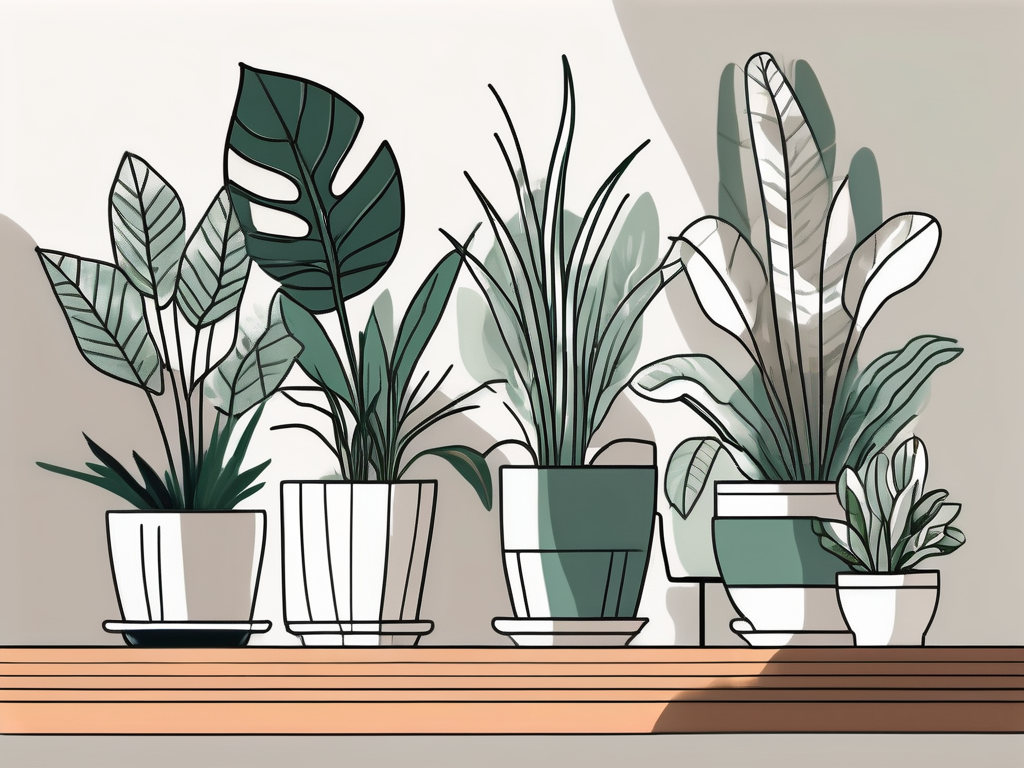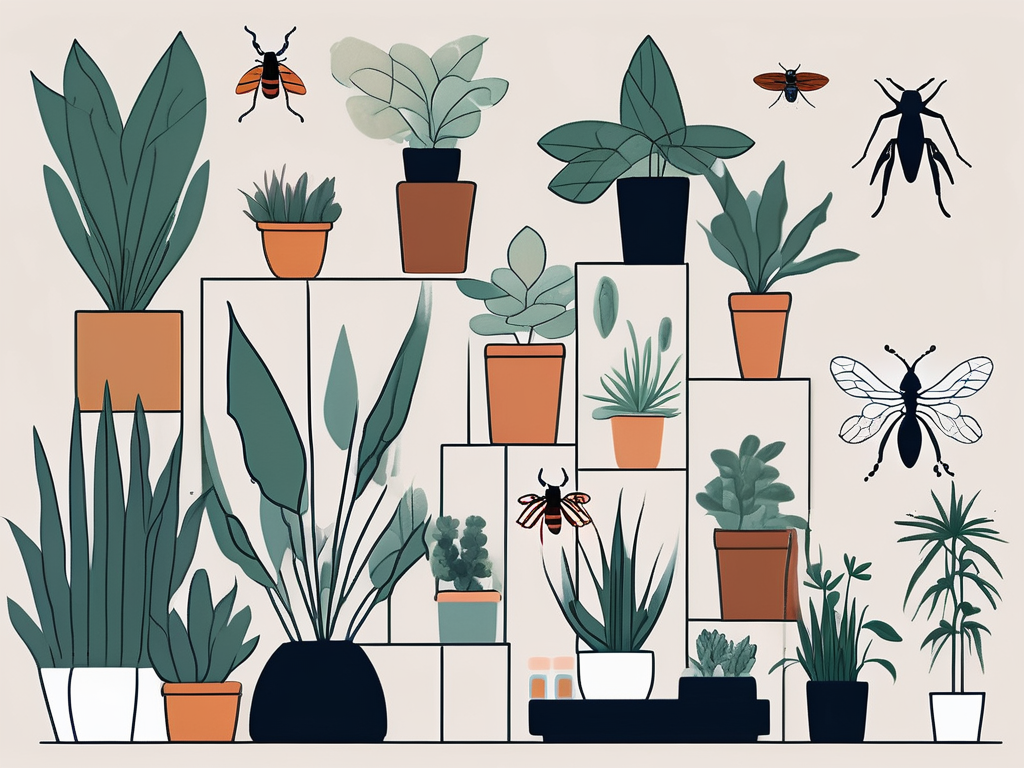
Houseplants bring life and color to our homes, but nothing can spoil the joy of nurturing a thriving indoor jungle faster than a pesky insect infestation. The good news is that with the right tools and a little know-how, you can keep those unwanted guests at bay and ensure your plants stay healthy and happy.
This article will cover everything you need to know about houseplant insect killers, from identifying common pests to choosing the right products and applying them safely. Whether you're a seasoned plant person or just starting out, you'll find practical tips and strategies to protect your green companions.
Identifying Common Houseplant Pests
Before you can tackle an insect problem, it's important to know what you're up against. Different pests require different approaches, so identifying the culprit is the first step to effective treatment.
Here are some of the most common pests you might encounter on your houseplants:
- Aphids: These small, soft-bodied insects are usually green or black. They tend to cluster on new growth and can cause leaves to curl or yellow.
- Spider Mites: Almost invisible to the naked eye, these tiny pests can cause a dusty appearance on leaves. Look for fine webbing on the undersides of leaves.
- Fungus Gnats: These small, black flies are often seen hovering around the soil surface. The adults are mostly a nuisance, but their larvae can damage roots.
- Mealybugs: Look for white, cottony masses on leaves and stems. They suck sap from plants and secrete a sticky substance called honeydew.
- Scale Insects: These pests appear as small, brown bumps on stems and leaves. Like mealybugs, they produce honeydew, which can lead to sooty mold.
Once you've identified the pest, you're one step closer to choosing the right treatment method.
Natural Insect Killers
If you're looking for a gentle approach to pest control, there are several natural options that can be effective without harming your plants or the environment. Let's explore some popular choices:
- Neem Oil: Derived from the seeds of the neem tree, this natural oil disrupts the life cycle of insects. Mix it with water and a few drops of dish soap, then spray on affected plants.
- Insecticidal Soap: These soaps work by breaking down the protective outer layer of soft-bodied insects, causing them to dehydrate. They're safe to use on most houseplants.
- Diatomaceous Earth: Made from fossilized algae, this powder is abrasive to insects. Sprinkle it on the soil surface to target crawling pests like fungus gnat larvae.
- Essential Oils: Some essential oils, such as peppermint or rosemary, have insect-repelling properties. Mix a few drops with water and spray on plants.
These natural solutions are a great starting point, especially if you're dealing with a minor infestation.
Chemical Insect Killers
Sometimes, natural remedies just aren't enough, and you may need to turn to chemical insecticides. While these can be more potent, they should be used with caution to avoid harming your plants or yourself.
Here's a brief overview of some commonly used chemical insecticides for houseplants:
- Pyrethrin: Derived from chrysanthemum flowers, pyrethrin is effective against a wide range of insects. It's often used in sprays and should be applied according to the label instructions.
- Imidacloprid: This systemic insecticide is absorbed by the plant and targets pests that feed on its sap. It's available in granules or as a soil drench.
- Bifenthrin: A synthetic pyrethroid, bifenthrin is used to control a variety of insects. It can be found in both spray and granular forms.
When using chemical insecticides, always follow the manufacturer's instructions and wear protective gear to minimize exposure.
Homemade Remedies
If you enjoy a DIY approach, there are several homemade remedies that can help manage insect problems. These solutions are often cost-effective and easy to make with ingredients you probably already have at home.
Here are a few tried-and-true options:
- Soap and Water Solution: Mix a few drops of dish soap with water in a spray bottle. This simple solution can help control aphids, spider mites, and mealybugs.
- Garlic Spray: Blend a few cloves of garlic with water, strain, and spray on plants. Garlic has natural insect-repelling properties.
- Alcohol Spray: Mix equal parts of water and rubbing alcohol in a spray bottle. This can be effective against soft-bodied insects like mealybugs and aphids.
While homemade remedies can be effective, it's important to test them on a small area of your plant first to ensure they don't cause any damage.
Preventing Future Infestations
Prevention is always better than cure, and there are several proactive measures you can take to keep pests from invading your indoor garden in the first place.
Consider these tips to help prevent future infestations:
- Inspect New Plants: Always check new plants for signs of pests before bringing them home. Quarantine them for a week or two if possible.
- Maintain Cleanliness: Keep your plants and their surroundings clean. Remove dead leaves and debris, which can harbor pests.
- Avoid Overwatering: Fungus gnats thrive in moist soil, so allow the top inch of soil to dry out between waterings.
By incorporating these habits into your plant care routine, you'll reduce the likelihood of future pest problems.
Safe Application Practices
Whether you're using natural or chemical products, proper application is key to ensuring effectiveness and safety. Here are some general guidelines to keep in mind:
- Read the Label: Always follow the instructions on the product label. This includes recommended mixing ratios, application methods, and safety precautions.
- Apply in the Evening: Applying treatments in the evening can minimize the risk of leaf burn, as plants are not exposed to direct sunlight.
- Ventilate the Area: If you're applying sprays indoors, make sure the room is well-ventilated to prevent inhaling fumes.
Taking these precautions will help you apply treatments safely and effectively.
When to Seek Professional Help
Sometimes, despite your best efforts, a pest problem can become overwhelming. In such cases, it might be time to call in a professional for help.
Consider reaching out to a pest control expert if:
- The infestation is severe and widespread.
- You've tried multiple treatments without success.
- You're unsure about identifying the pest or selecting the right treatment.
Professional pest control services have the tools and expertise to handle even the toughest infestations, ensuring your plants get the care they need.
Integrating Pest Control into Your Plant Care Routine
Incorporating pest control into your regular plant care routine can help you catch problems early and keep your plants healthy. Here's how you can do it:
- Regular Inspections: Check your plants for signs of pests during your regular watering and maintenance routine. Early detection can make treatment easier.
- Use Preventative Products: Consider using products like neem oil or insecticidal soap as a preventative measure, especially during peak pest seasons.
By making pest control a part of your routine, you'll be better equipped to maintain a healthy indoor garden.
Final Thoughts
We've covered a lot about houseplant insect killers, from identifying common pests to choosing the right treatments and incorporating pest control into your care routine. With these tips and tools, you'll be well-prepared to protect your plants from unwanted invaders.
At Cafe Planta, we believe in the power of plants to bring joy and connection. Whether you're seeking advice or looking for new additions to your collection, we're here to help. Feel free to reach out to us via email or Instagram. Happy planting!

